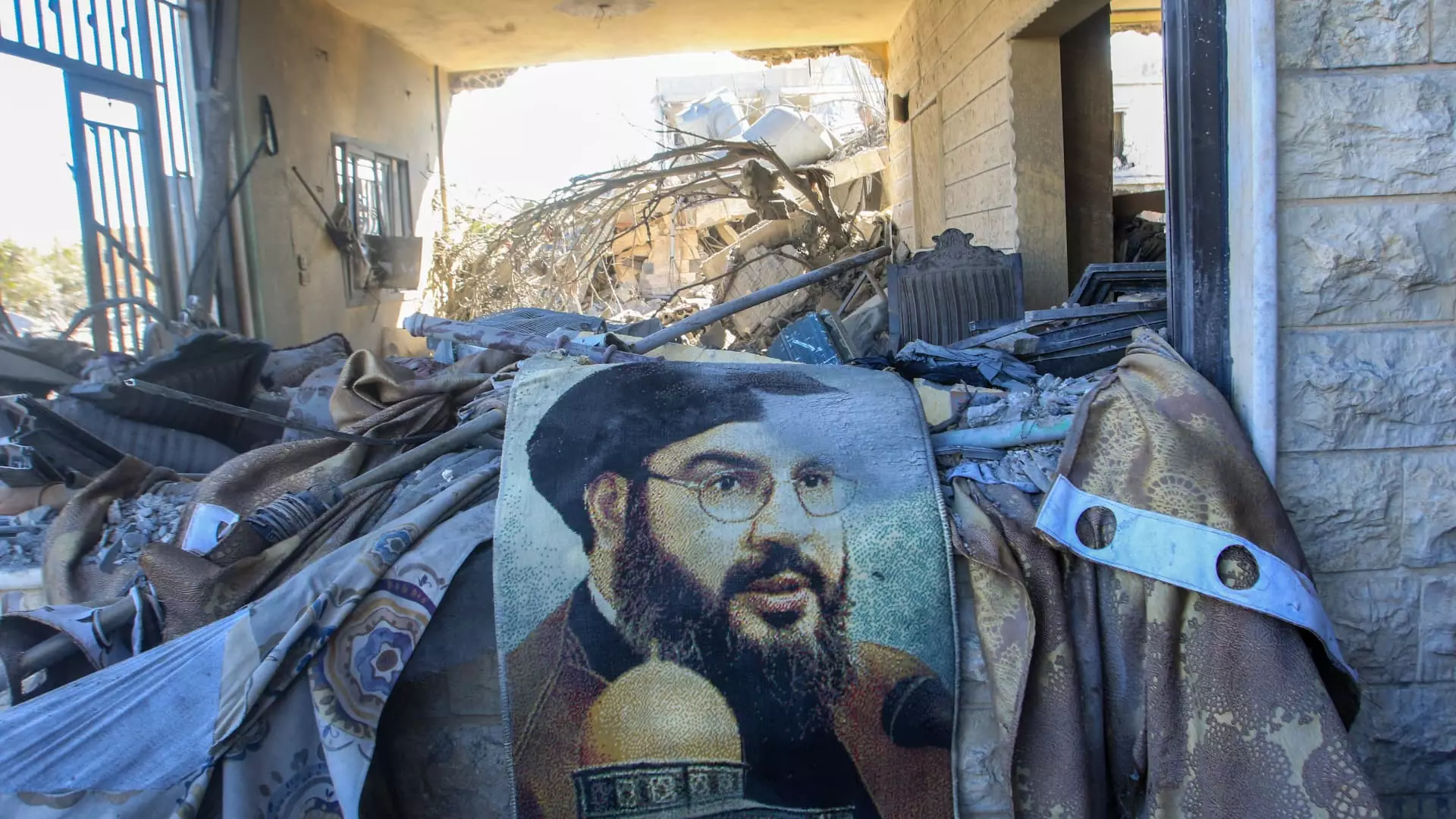In a rapidly changing geopolitical environment, the ongoing conflict between Israel and Hezbollah has taken a dramatic turn, sparking serious concerns about regional stability. Following an Israeli airstrike that reportedly targeted a key figure in Hezbollah, the once insulated dynamics of this long-standing conflict have become increasingly precarious. Isolated incidents have now escalated to full-scale military engagement, highlighting the fragile balance of power in the region. There are fears that the potential loss of key leadership within Hezbollah can disrupt Iran’s entrenched influence and further ignite the flames of conflict.
Recent reports indicate that Hashem Safieddine, speculated to be a potential successor to the late Sayyed Hassan Nasrallah, has been unreachable since an aggressive Israeli airstrike. This targeted attack reportedly struck an underground bunker in Beirut’s southern suburbs—areas that have long been recognized as Hezbollah strongholds. Israeli intelligence officials have indicated that the aim was to dismantle Hezbollah’s operations by hitting its intelligence headquarters, a move that poses significant implications for the group’s strategic structure.
With ongoing Israeli strikes hindering rescue efforts in Dahiyeh, many are questioning the impact of these actions on civilian life and the war’s overall trajectory. The inability to effectively assess the damage and casualties only heightens the humanitarian crisis unfolding in the region where Hezbollah has historically maintained a strong influence.
The repercussions of the recent Israeli campaign extend beyond immediate military gains. The ongoing airstrikes threaten to incapacitate Hezbollah’s leadership ranks and potentially destabilize Iranian operations in Lebanon. If Safieddine is indeed incapacitated, it could result in a significant leadership vacuum, prompting internal strife within Hezbollah and affecting Iranian strategies in the broader Levant. This would undoubtedly be a severe blow to Iran’s ambitions of maintaining a stronghold in Lebanese politics, as Hezbollah has been its principal proxy in the region.
Moreover, as Israel expands its aerial assaults to other areas in Lebanon, such as Tripoli, the complexity of the conflict increases. Each airstrike not only aims at military targets but also risks further entanglement in a multifaceted confrontation that encompasses various factions and communities, particularly amid the backdrop of rising tensions with Hamas further south in Gaza.
The intensity of the Israeli campaign has manifested itself in waves of violence that have led to significant casualties among both Hezbollah militants and Lebanese civilians. Recent statistics highlight the loss of hundreds of innocent lives, including rescue workers engaged in urgent humanitarian missions. As bombings continue in densely populated areas, an alarming humanitarian situation has emerged, displacing approximately 1.2 million individuals—an astonishing figure that represents around one-quarter of Lebanon’s entire population.
Daily life has been severely disrupted as residents flee their homes in Dahiyeh and other heavily impacted areas of Beirut, further exacerbating the existing humanitarian crisis. Internally displaced persons (IDPs) are left vulnerable and in dire need of assistance amidst the ongoing conflict. The situation is made even more complex with the impending anniversaries of significant events, like the Oct. 7 attack orchestrated by Hamas, which adds emotional weight to the already volatile situation.
The international community watches with bated breath as tensions rise, particularly with Iran’s involvement. Last week, Iran’s ballistic missile attack aimed at Israel serves as a stark reminder of the war’s potential for escalation and the implications it holds for global oil markets. U.S. President Joe Biden’s comments urging alternative strategies for dealing with Iran underscores the delicate balancing act facing Western nations as they endeavor to maintain stability in an increasingly challenging environment.
As Israel seeks to refine its military strategy in response to Iranian provocations and internal insurgent movements, the prospects of a sustainable resolution diminish. With key U.S. military figures arriving in the region to advise Israeli leadership, the potential for further military escalation looms large.
The recent surge in violence and the targeting of Hezbollah leadership signify a critical juncture in the Israel-Lebanon dynamic. The ripple effects of these developments stretch well beyond military considerations, impacting civilian populations and redefining regional alliances. As both sides brace for what lies ahead, the implications of this conflict will reverberate far beyond the immediate neighborhoods of Beirut, deeply embedding themselves in the broader context of Middle Eastern politics.


Leave a Reply